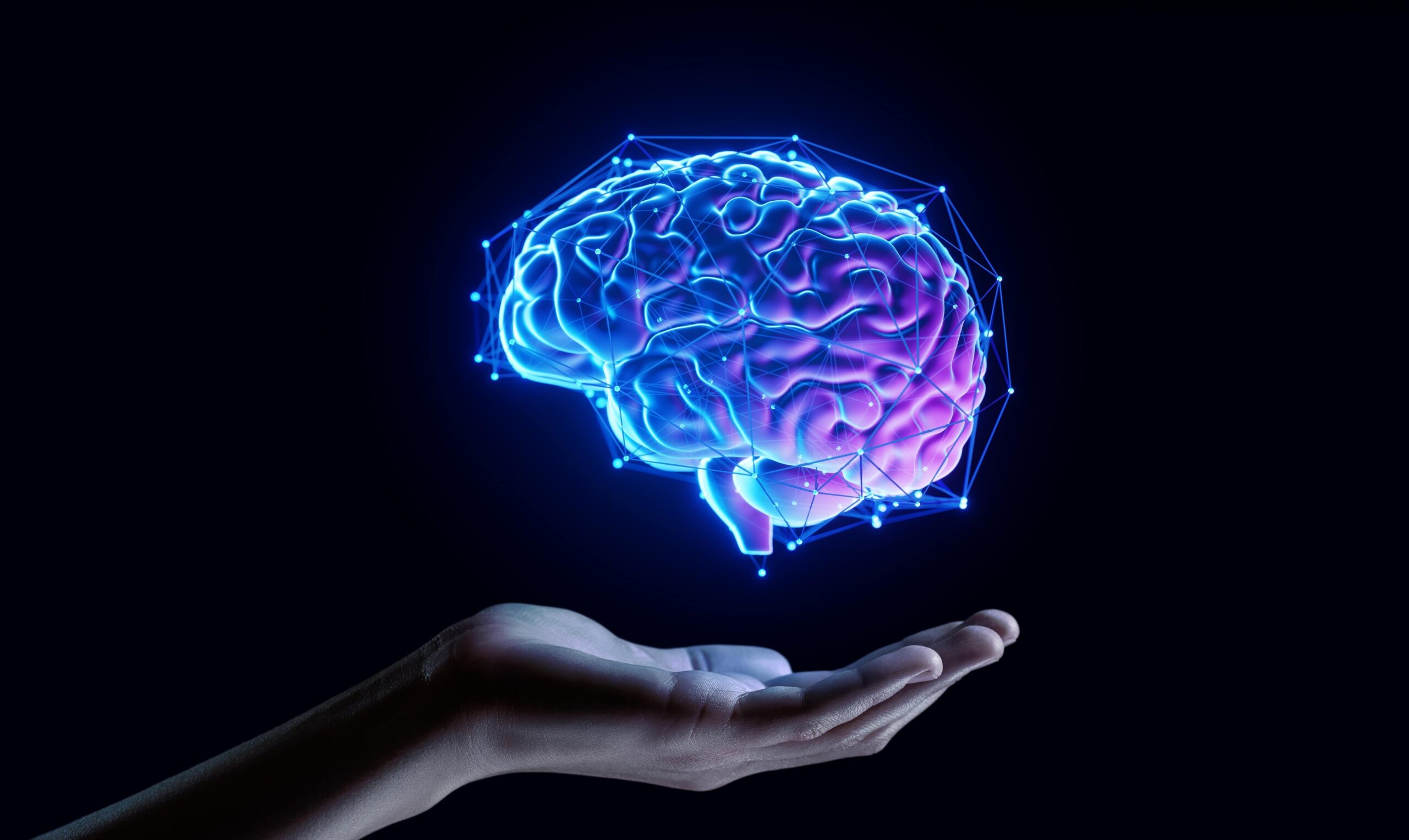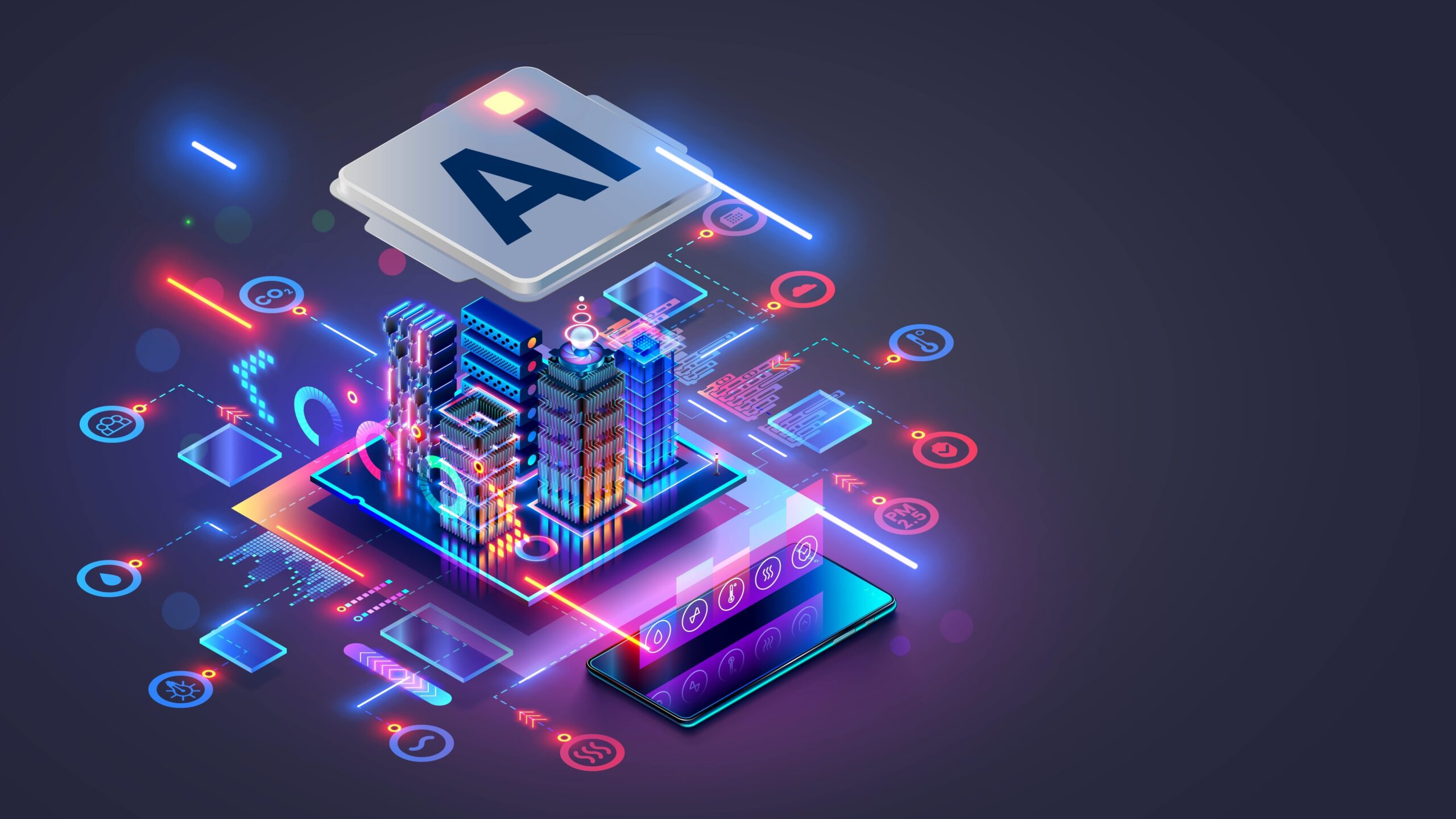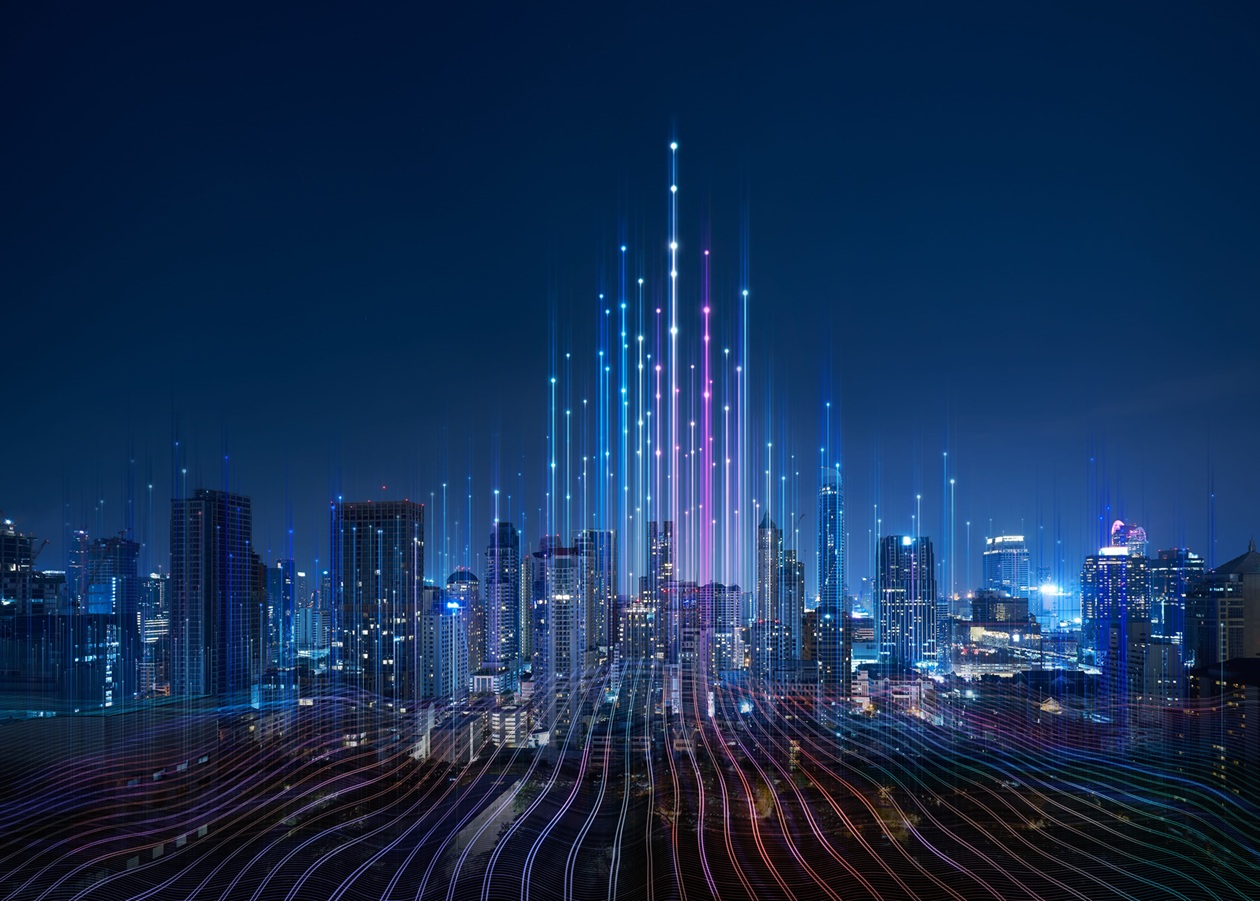Together, they are enabling the evolution from the current concept of a “Smart Grid” to a truly “Intelligent Grid”—a system where grid components communicate autonomously, self-optimize in real time, and operate with minimal human intervention to achieve peak efficiency within physical and environmental constraints. Iskraemeco is proud to be an active contributor to this transformation. With a strong legacy of innovation and a forward-looking strategy, we are integrating these technologies into our products, platforms, and internal processes. Our goal is clear: to help shape a digital energy ecosystem that is not only intelligent, but also sustainable, secure, and future-ready.
Blockchain
Enabling decentralized energy markets
Blockchain, as an alternative to a traditional transaction system, is a decentralized digital ledger that records transactions across multiple computers in a way that ensures the data is secure, transparent, and tamper-proof. Thus, it introduced an enhanced security and transparency by ensuring that all transactions are recorded in a tamper-proof, decentralized ledger. It also enabled greater efficiency and trust in processes by removing intermediaries and allowing for real-time, verifiable data sharing. These characteristics makes it a very good candidate (and is already implemented on few platforms) for a transaction platform of decentralized energy markets. Some examples of the applications are:
- Peer-to-peer energy trading: homeowners with solar panels can sell excess energy directly to neighbours.
- Grid management: smart contracts automate billing, load balancing, and flexibility services.
- Carbon credit tracking: immutable ledgers ensure accurate accounting of emissions and offsets.
Quantum computing
Optimizing energy systems
Quantum computing is a new kind of computing that uses special particles called qubits, which can do many calculations at once. This means quantum computers could solve really hard problems much faster than regular computers. As such, quantum computing offers powerful tools for solving complex energy challenges, not possible with existing technologies, few examples are:
- Grid optimization: quantum algorithms can model and optimize large-scale energy networks in real time. Models of energy grid are very complex, including large sets of different devices with diverse operating characteristics which may influence the operation of the grid itself. To optimize their operation, heavy computing is required which traditional computers are unable to perform in real time. Quantum computing and its related algorithms may overcome these limitations and enable more efficient and reliable operation of the grid.
- Battery design: simulating quantum interactions helps develop more efficient and longer-lasting energy storage. As battery storage is seen as a solution for the volatile and amorphous nature of distributed energy resources, their low prices and high energy density will support their market penetration thus enable the stabilization of the grid.
- Climate modelling: quantum simulations improve the accuracy of climate and energy impact forecasts and thus enables better energy generation forecasting. Better energy generation forecasting results in better utilization of the grid which essentially leads to better efficiency and more stable operation.
With a strong legacy of innovation and a forward-looking strategy, we are integrating these technologies into our products, platforms, and internal processes.
Artificial intelligence
Powering smart energy
AI systems can analyse large amounts of data quickly, learn from patterns, and improve their performance over time without being explicitly programmed for every task. This leads to benefits like faster decision-making, automation of repetitive tasks, personalized experiences, and smarter technologies in areas like healthcare, transportation, and customer service. Since new, intelligent grid will need to make decisions on a large set of data, coveting maybe thousands of dimensions, AI will play a crucial role in the energy systems of the future. In fact, AI is already revolutionizing how energy is produced, distributed, and consumed. Some of potential areas are:
-
Predictive maintenance: AI can detect faults in turbines, transformers, cables, and pipelines before they fail thus ensuring the reliable and continuous delivery of electrical energy to all of us which is a crucial feature of more and more electrified world.
-
Demand forecasting: machine learning models predict energy usage patterns to optimize supply which will help to operate the electrical energy system in predictive and reliable way, preventing any kind of supply interruption; the society of the future will simply not be able to sustain the energy outages since world will literally run on electricity and ability to predict what will be a demand in a short and long term future is a key for efficient management.
-
Renewable integration: AI helps balance intermittent sources like wind and solar with grid demand which goes hand in hand with demand forecasting; only combining the two can lead to stable electrical energy system.
-
Grid optimization: combined with quantum computing, that will lead to the optimal utilization of the grid; while AI itself can already optimize, combination with quantum computing can give a real high-performance operation.
Extended reality
Training and visualization
XR technologies enhance safety, training, and planning in the energy sector:
- Virtual training: workers can practice operating complex equipment in immersive simulations which will both increase the quality of the work and increase the efficiency of it; by virtual training, “learning-by-doing” become more efficient and easier to implement; it needs to be said that real work cannot be completely replaced by XR, but XR can significantly reduce the required real work (just recall the F1 drivers who train the track in XR).
- Remote inspections: AR headsets allow technicians to receive expert guidance while on-site as well as using drones to provide the real-time images which can be combined in augmented reality so technicians can get all relevant data for efficient and safe work.
- Infrastructure planning: VR models help visualize new energy projects before construction resulting in faster and less costly projects.
Next-generation connectivity
6G and smart grids
Advanced connectivity is the backbone of the future energy ecosystem as all above mentioned technologies rely on fast, on-time and reliable data exchange (since we are talking about intelligent grid, the quality communication between the parts of it is an absolute necessity):
- Smart grids: 6G enables ultra-fast, low-latency communication between millions of IoT devices supporting swift and timely responses.
- Real-time monitoring: sensors across the grid provide instant feedback for better control so the system can react fast enough to prevent misfunctions of the system.
- Remote operations: high-speed networks allow for remote management of energy assets in harsh or distant environments.
The convergence: A smarter, greener future
The convergence of these technologies is where the real transformation happens:
- AI + Blockchain: secure, intelligent energy trading platforms.
- Quantum + Grid Management: real-time optimization of energy flows.
- XR + Training: safer, more effective workforce development.





